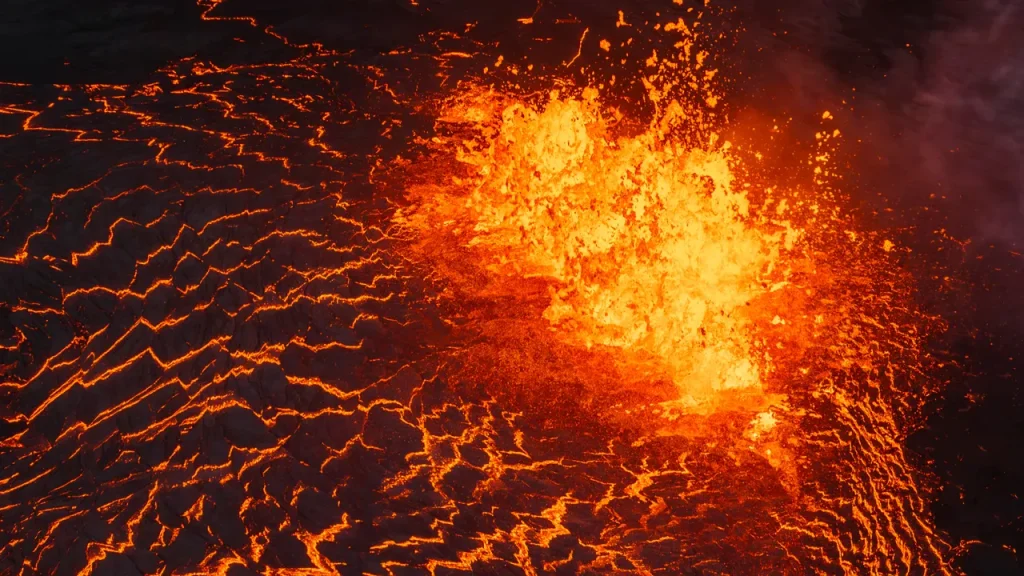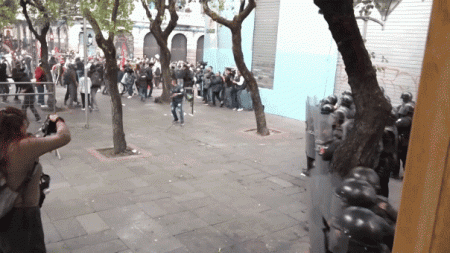A volcano in southwestern Iceland continued to spurt lava on Thursday, although the activity had calmed significantly from the eruption the day before. This recent eruption was the fifth and most powerful since the volcanic system near Grindavik reawakened in December after 800 years. The fissure grew to an impressive 2.1 miles in length, with record levels of lava flowing. Volcanologist Dave McGarvie noted that the amount of lava initially flowing from the crater could have buried Wembley Stadium in London, which seats 90,000 people, under 49 feet of lava every minute.
The eruption threatened Grindavik, a coastal town of 3,800 people, and led to the evacuation of the popular Blue Lagoon geothermal spa, one of Iceland’s biggest tourist attractions. Grindavik has been under threat since a swarm of earthquakes in November forced an evacuation in advance of the initial eruption in December. Protective barriers outside the town deflected the lava on Wednesday but the evacuated town remained without electricity and two of the three roads into the town were inundated with lava. Grindavik Mayor Fannar Jónasson expressed relief at the situation compared to the beginning of the eruption, but the uncertainty remains about how long the eruption will continue.
Volcanologist Dave McGarvie highlighted the power of the eruption, stating that the jets of magma reached 165 feet into the atmosphere. The eruption was more powerful than the previous four because the largest amount of magma had accumulated in an underground chamber before breaking the earth’s surface. This cycle of erupting and then diminishing quickly is a pattern researchers have observed with this particular volcano. The question remains of when the eruption will end, with McGarvie suggesting that it could go on for a considerable amount of time due to the unprecedented nature of the eruptions in this part of Iceland.
Iceland, located above a volcanic hot spot in the North Atlantic, frequently experiences eruptions. The most disruptive eruption in recent times was the 2010 eruption of the Eyjafjallajökull volcano, which caused widespread airspace closures over Europe due to the large clouds of ash spewed into the atmosphere. However, none of the current cycle of eruptions in Iceland have had an impact on aviation. The volcano in southwestern Iceland continues to be closely monitored by experts, who are wary of the possibility of more eruptions in the near future. The unprecedented nature of this volcanic activity in this part of Iceland has added an element of uncertainty to the situation.
The eruption on Wednesday spewed significant amounts of lava, threatening the town of Grindavik and its residents. The evacuation of the popular Blue Lagoon geothermal spa highlights the danger posed by the eruption. The eruptions in Iceland can be unpredictable and last for an unforeseeable amount of time, with experts closely monitoring the situation. The eruption has showcased the power of nature and the resilience of the people living near the volcano in southwestern Iceland. The eruption serves as a reminder of the volcanic activity that lies beneath the surface of Iceland, a country known for its stunning natural landscapes and geological features.













